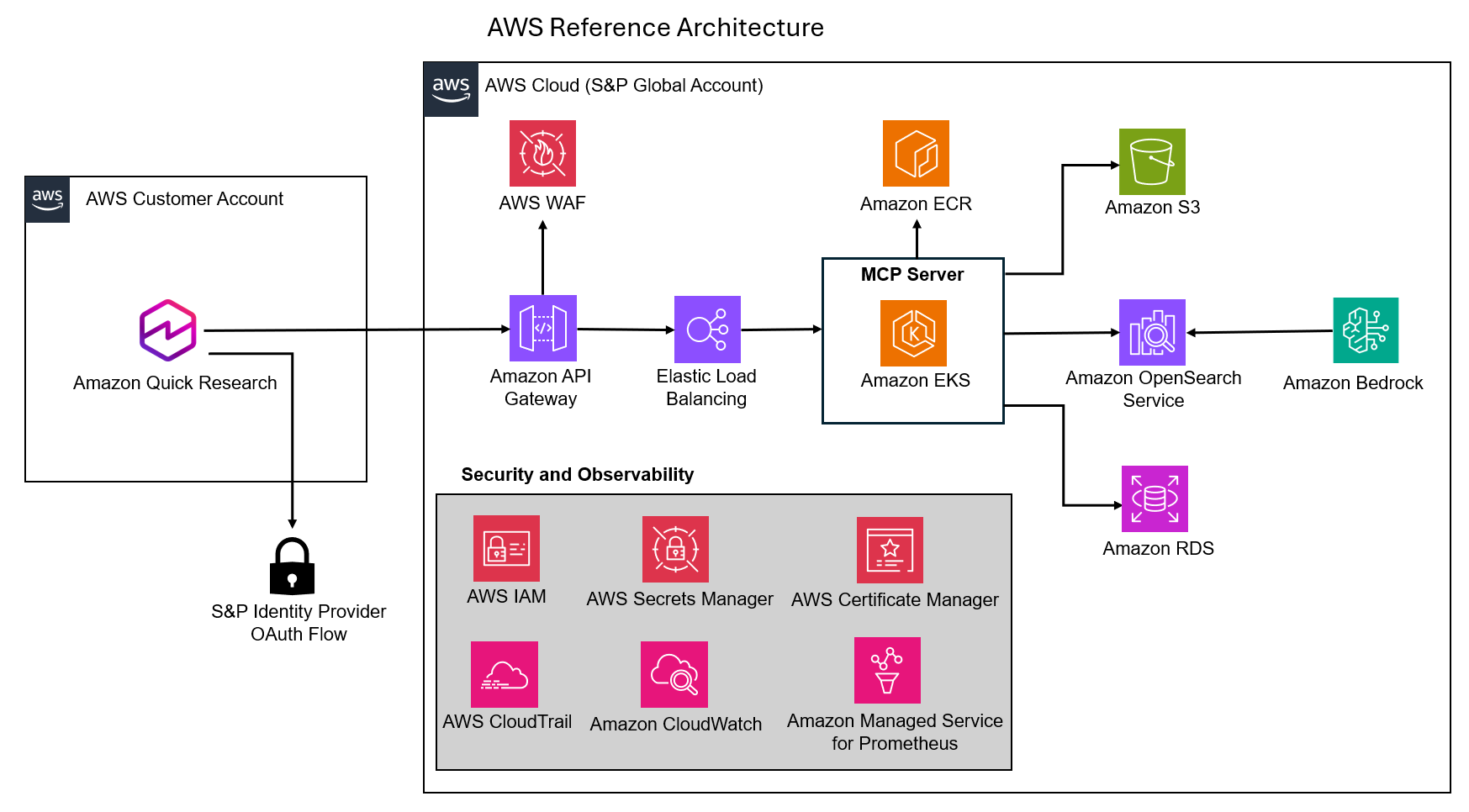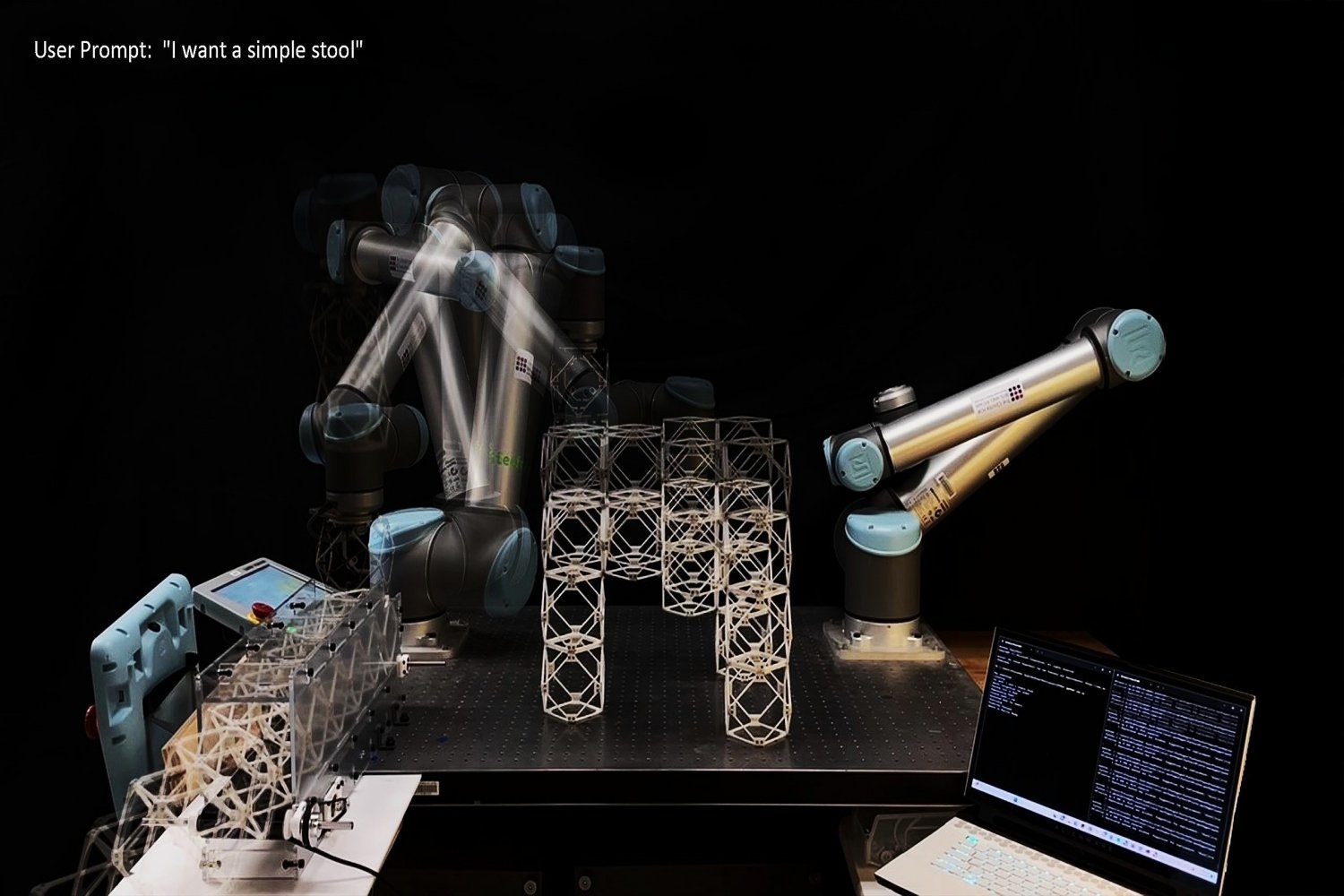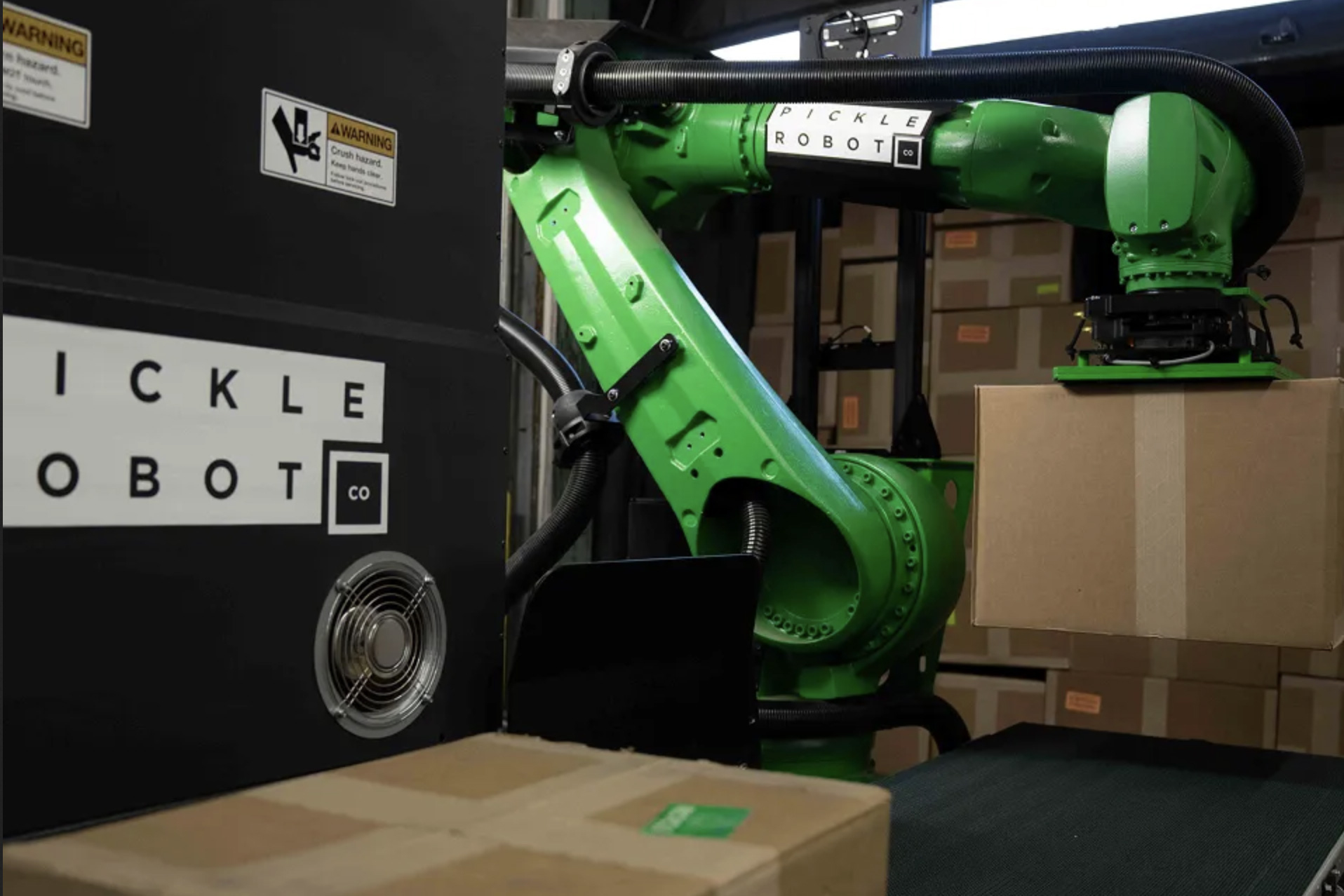Yvette Cooper warns of AI-manipulated videos on social media undermining support for Ukraine. UK foreign secretary calls for action against 'information warfare' aided by technology advances.
ChatGPT linked to US deaths, UK teens seek mental health advice. Response to suicidal message shows the impact of AI in crisis intervention.
Over 230 environmental groups call for US Congress to stop new datacenters due to rising bills and climate impact. Greenpeace, Friends of the Earth, and others warn of energy-hungry facilities worsening the climate crisis.
Teens in England and Wales turn to AI chatbots for mental health support amid long waiting lists for services. AI model ChatGPT offers safety, availability, and less intimidation for 40% of 13- to 17-year-olds affected by youth violence.
Amazon Quick Research and S&P Global have integrated to provide business professionals with global energy news, financial intelligence, and AI-powered insights in one workspace. S&P Global's AI Ready Data MCP server offers comprehensive commodity and energy market intelligence, transforming weeks of research into minutes of focused insight generation.
Insurance underwriting faces challenges with siloed data and regulatory requirements. Amazon Nova 2 Lite offers an enterprise-grade solution for unified data analysis and automated underwriting decisions.
Over 100 UK parliamentarians push for regulations on powerful AI to safeguard national security amid concerns of industry influence. Former AI minister and defence secretary join cross-party group demanding stricter controls on superintelligent AI development.
MIT researchers have developed a speech-to-reality system allowing a robotic arm to create objects from spoken prompts in minutes. This innovative technology combines natural language processing, 3D generative AI, and robotic assembly to make design and manufacturing accessible to all.
Pickle Robot Company's one-armed robots autonomously unload trailers, aiming to reduce warehouse injuries and improve efficiency. Founders Meyer and Eisenstein transitioned from consulting to robotics, using AI and machine learning to revolutionize supply chain automation.
Fears arise over AI bubble bursting with tech giants like Alphabet, Amazon, and Microsoft heavily invested. What will happen if the magnificent seven companies' AI investments collapse?
Robots can make humans laugh by falling over, but a new project explores if AI can make them genuinely funny. ChatGPT's jokes may be corny, but research is investigating the potential for robots to master standup comedy.
The New York Times sues Perplexity AI for copyright infringement and trademark violations, accusing the AI startup of distributing journalists' work without permission. Perplexity AI's generative AI products allegedly create fabricated content falsely attributed to the newspaper.
Kevin Zhu, a recent UC Berkeley graduate, authored 113 AI papers, sparking debate among experts at a top AI conference. Zhu's company, Algoverse, mentors high schoolers who co-author his papers.
AI-generated deepfake videos of doctors are used to promote unproven supplements on TikTok and other platforms, spreading health misinformation. Full Fact uncovered hundreds of videos directing viewers to Wellness Nest, a US-based supplements company.
Dave Stewart of Eurythmics urges creatives to license music to AI platforms for new creations. AI analyzes songs to generate unique tracks based on user prompts.















